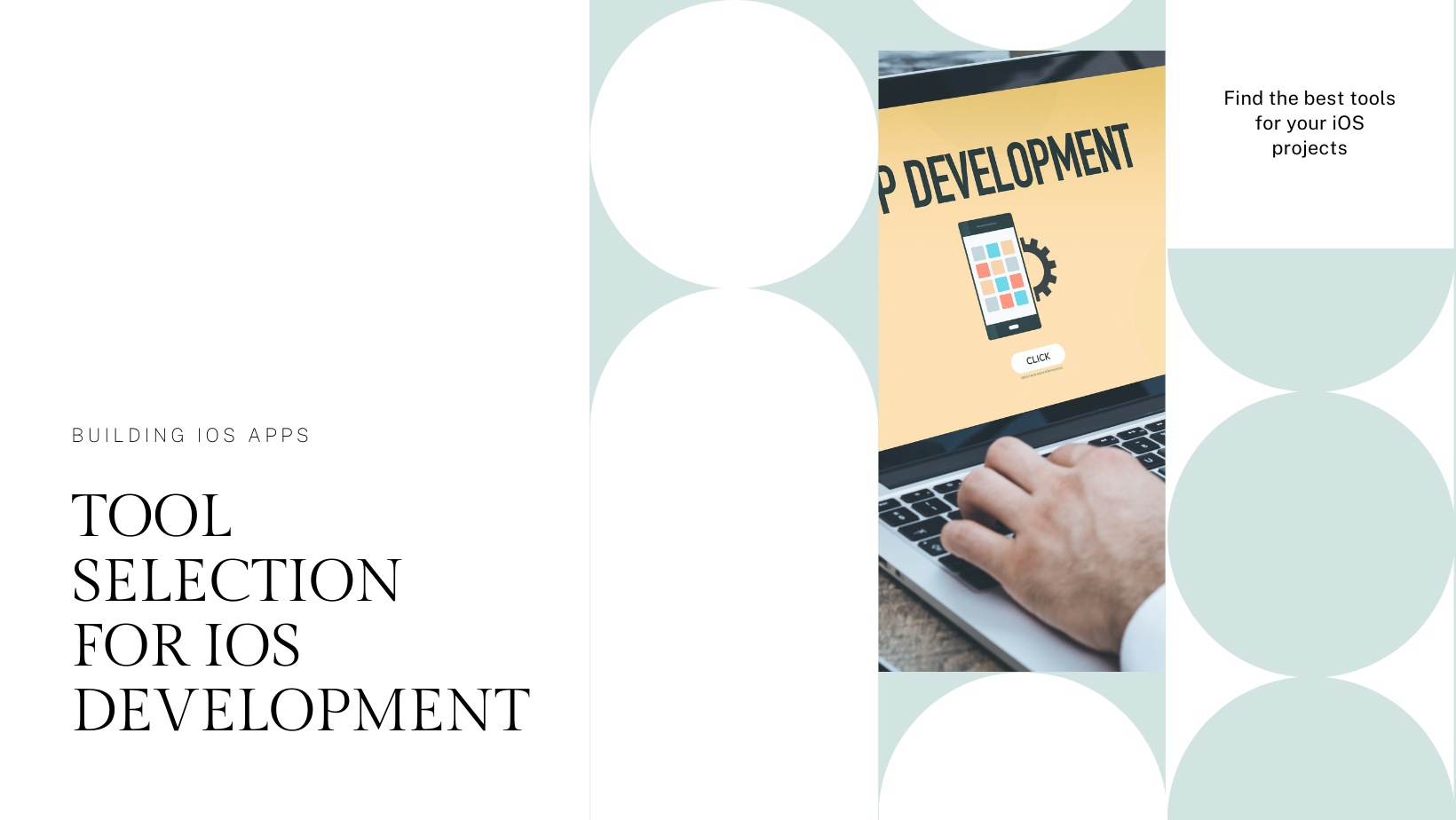Augmented Reality (AR) and Virtual Reality (VR) technologies are poised to revolutionize the business landscape, offering immersive experiences, enhanced productivity, and innovative solutions across various sectors. As businesses increasingly integrate AR and VR into their operations, these technologies are reshaping customer interactions, employee training, product development, and more. This blog explores the evolving role of AR and VR in business, current trends, future prospects, and their potential to drive growth and innovation.
Understanding Augmented Reality (AR) and Virtual Reality (VR)
1. Augmented Reality (AR)
AR enhances the real-world environment by overlaying digital information, such as images, videos, or 3D models, onto physical surroundings. Users experience augmented content through devices like smartphones, AR glasses, or heads-up displays (HUDs). AR enriches user interactions by providing contextual information, interactive elements, and real-time data visualization, transforming how businesses engage with customers and employees.
2. Virtual Reality (VR)
VR immerses users in entirely virtual environments, typically through VR headsets or goggles. It creates immersive experiences where users can interact with and navigate through virtual worlds. VR technology isolates users from their physical surroundings to provide a fully simulated experience, enabling applications in training simulations, virtual meetings, product prototyping, and more.
Current Applications of AR/VR in Business
1. Enhancing Customer Experiences
Businesses leverage AR and VR to enhance customer engagement through immersive marketing campaigns, virtual product demonstrations, and interactive shopping experiences. AR-powered apps allow customers to visualize products in real-world settings before making purchase decisions, enhancing satisfaction and reducing return rates. VR experiences enable virtual tours, virtual showrooms, and personalized customer interactions, driving brand loyalty and customer retention.
2. Improving Employee Training and Collaboration
AR and VR transform employee training by simulating real-world scenarios, enhancing learning retention, and improving skill development. VR-based simulations enable employees to practice complex procedures, safety protocols, and customer interactions in a risk-free environment. AR applications provide on-the-job guidance, augmented work instructions, and remote assistance, improving productivity and reducing training costs across industries.
Emerging Trends and Technologies in AR/VR
1. 5G Connectivity and Edge Computing
The rollout of 5G networks enhances AR/VR experiences by delivering high-speed connectivity, low latency, and improved bandwidth. Edge computing enables real-time processing and data analytics, supporting seamless interaction and content delivery in AR/VR applications. These advancements accelerate adoption in fields such as telemedicine, remote collaboration, and industrial automation, driving operational efficiencies and innovation.
2. Spatial Computing and Mixed Reality (MR)
Spatial computing combines AR, VR, and Mixed Reality (MR) to blend physical and digital environments seamlessly. MR integrates virtual elements with the real world, enabling interactive experiences where digital content interacts with physical objects in real-time. Spatial computing technologies enhance visualization, spatial awareness, and user interaction, revolutionizing industries such as architecture, manufacturing, and retail.
The Future Potential of AR/VR in Business
1. Industry-Specific Applications
AR and VR will continue to disrupt industries with specialized applications in healthcare, education, retail, real estate, and entertainment. Healthcare adopts AR for surgical planning, medical training, and patient rehabilitation, while VR enhances therapy, mental health treatment, and immersive learning experiences. Retail integrates AR for virtual try-ons, personalized shopping experiences, and interactive product showcases, driving online and in-store engagement.
2. Innovation and Competitive Advantage
Businesses gain a competitive edge by embracing AR/VR to innovate products, streamline operations, and deliver differentiated customer experiences. AR/VR technologies foster creativity, collaboration, and problem-solving, empowering organizations to adapt to market demands, accelerate digital transformation, and lead industry disruptions.
Conclusion: Embracing the AR/VR Revolution in Business
As businesses navigate a digital-first future, AR and VR technologies represent transformative tools for driving growth, enhancing productivity, and redefining customer interactions. By harnessing the potential of AR/VR applications, businesses can unlock new opportunities, foster innovation, and shape the future of industries.
Sodio Technologies remains at the forefront of AR/VR innovation, delivering cutting-edge solutions that empower businesses to thrive in a dynamic marketplace. Embrace the limitless possibilities of AR and VR to propel your business forward, create immersive experiences, and achieve sustainable success in the evolving digital landscape.






